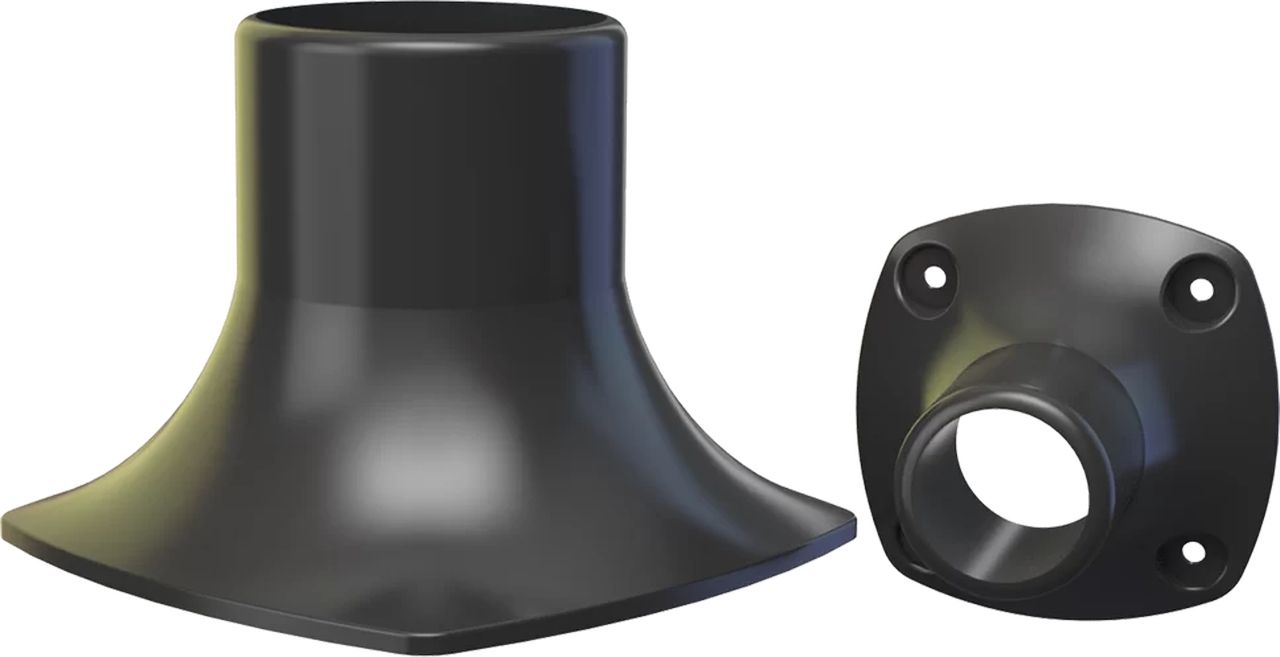
BOFA has deployed a way to 3D print fume extraction connectors for 3D printers.
BOFA is perhaps the most well-known manufacturer of fume extraction systems. These are alternatives to exhaust venting, which is the preferred method of removing undesirable air from a workspace.
However, many sites do not have the ability to install exterior exhaust venting for a variety of reasons, and they must seek alternate solutions to make the workspace safe for breathing. This is where BOFA comes in.
They manufacture a line of standalone devices that can be installed anywhere. They slurp in room air, pass it through a complex series of filters, and then exhaust the cleaned air.
The company provides a number of models for a variety of applications, including 3D printing.
Why would you need a fume extractor for a 3D printer? There are two reasons: toxins and nanoparticles.
With FFF 3D printers, the heat of the nozzle can generate airborne particles of very tiny diameter from many common 3D printer filaments. These “nanoparticles” are so tiny they can remain airborne for some time and, possibly, get embedded in your lungs if you breathe them in.
With resin 3D printers, the resins are typically toxic and emit strong odors. That odor is in fact airborne molecules of the resin, which, you guessed it, are also toxic. The goal here is to reduce your long term exposure to the toxin before your body has a reaction.
In both cases you need to remove the bad air either by exterior ventilation or with a fume extractor such as is produced by BOFA.
But here’s the problem: If you have a 3D printer and a fume extractor, how, exactly do you connect the printer to the extractor? Many 3D printers totally ignore the issue and have no attachments for doing so. For open-gantry 3D printers, one would have to wrap them inside an enclosure that would have an outlet for exhaust air.
All of this sounds like a connectivity problem, and it is: how do you match these connectors to ensure safe flow of air to and from the fume extractor?
Up to now you’d have to design your own connector and, with some trial and error, match it to the devices.
That’s changing as BOFA has now introduced a “Print Your Own” feature on their website. BOFA explains:
“As 3D printers come in various shapes and sizes, we have five different sizes available with choice of adhesive or bolted options. This allows you to either stick it onto the side of your enclosure or screw it onto the fan ports. Once you have read the instruction manual, download the right STEP file and print your own.”
These connector designs are able to connect with BOFA’s equipment for 3D printer fume extraction, the 3D PrintPRO 2, 3D PrintPRO 3, and 3D PrintPRO 4 systems.
The adapters bolt onto the fume extractor and provide a standard-diameter opening onto which a hose can be mounted. This hose then connects to the 3D printer, but because BOFA doesn’t know which printer you’re using, you’ll still have to design an adapter for it.
For open-gantry machines, you’ll still need an enclosure, but at least here half of the connectivity issue has been solved.
Meanwhile, 3D printer manufacturers should consider the issue of ventilation and should at the very least provide a mounting point of some kind on 3D printer enclosures, both resin and FFF. Doing so would not be terribly difficult as it’s literally just a hole in the case, and could increase 3D printer safety for all concerned.
Via BOFA
